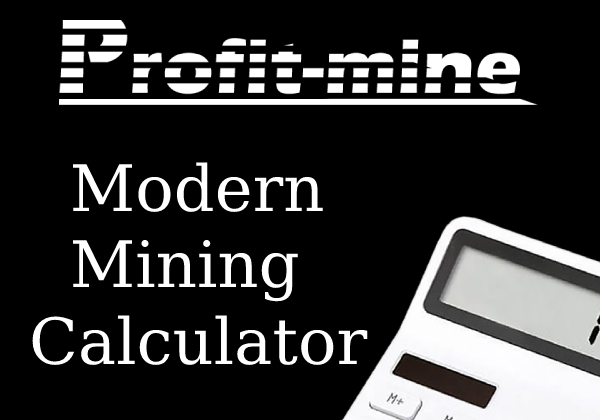Mining hardware
Page 1 of 16
Links and Projects
![]() Cryptoage in Telegram. Group in messenger.
Cryptoage in Telegram. Group in messenger.
![]() Coinbubbles.ru. Coins visualization.
Coinbubbles.ru. Coins visualization.
![]() Profit-Mine.com. Mining calculator.
Profit-Mine.com. Mining calculator.
Bonuses and Partners
![]() Electra - TOP DEX. Lowest comissions.
Electra - TOP DEX. Lowest comissions.
![]() ByBit - TOP-2 exchange. Bonus up to $30 050.
ByBit - TOP-2 exchange. Bonus up to $30 050.
![]() OKX - TOP-3 exchange. Comission discount 20%.
OKX - TOP-3 exchange. Comission discount 20%.
![]() MEXC - Lowest comissions ever. Discount 20%
MEXC - Lowest comissions ever. Discount 20%
![]() HiveOS - The Best OS for Mining.
HiveOS - The Best OS for Mining.
![]() SPLIT - Buy STARS and TG Premium without KYC.
SPLIT - Buy STARS and TG Premium without KYC.
![]() Sticker store - NFT-stickers on Telegram.
Sticker store - NFT-stickers on Telegram.
![]() Gifts - Gifts market on Telegram.
Gifts - Gifts market on Telegram.
Crypto F.A.Q
Popular
© 2013-2025 Cryptoage.com
We've been covering cryptocurrency and blockchain since 2013.








